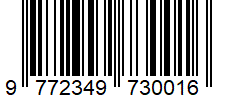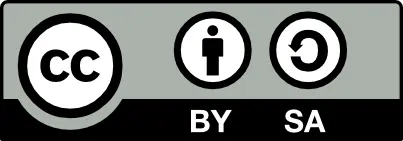The Influence of Remote Work on Evolving Software Development Practices and Methodologies
Authors: Faiz Mohiuddin Mulla
DOI: https://doi.org/10.5281/zenodo.14209185
Short DOI: https://doi.org/g8rrgr
Country: USA
Full-text Research PDF File:
View |
Download
Abstract: Remote work has changed the nature of software development, where teams now collaborate and communicate differently, as well as how they implement development practices. This research paper will focus on the similarities between remote work and software development methodologies, namely agile and waterfall, where remote work is reshaping how people run projects, teams, and software delivery. However, remote working is a mixed bag as it provides greater flexibility and efficiency but also requires you to face challenges like teamwork, communication gaps, and the need for new-age tools and technology. In this paper, we discuss how the pandemic-forced remote work has changed the way development practices are conducted and where organizations are moving towards Agile adoption, which is higher-end but still hybrid. It also explores the effects of remote work on software quality, delivery speed, and client-developer relations. It also shows that remote work is bringing a need for more agile, team-based, and synchronous communication methods and a culture where delivering results takes precedence over everything else in software development. With the software development industry ever-changing, so will remote work as part of these practices, and due to this, companies will have to adjust to local strategies that are more flexible and dynamic in nature compared to the earlier times of structured ways where all had a single place.
Keywords: Remote Work, Software Development, Agile Methodology, Waterfall Model, Project Management, Team Dynamics, Communication, Collaboration, Development Practices, Hybrid Approaches, Technology Adoption, Stakeholder Engagement, Productivity, Software Quality.
Paper Id: 231657
Published On: 2021-03-03
Published In: Volume 9, Issue 2, March-April 2021





 All research papers published in this journal/on this website are openly accessible and licensed under
All research papers published in this journal/on this website are openly accessible and licensed under 